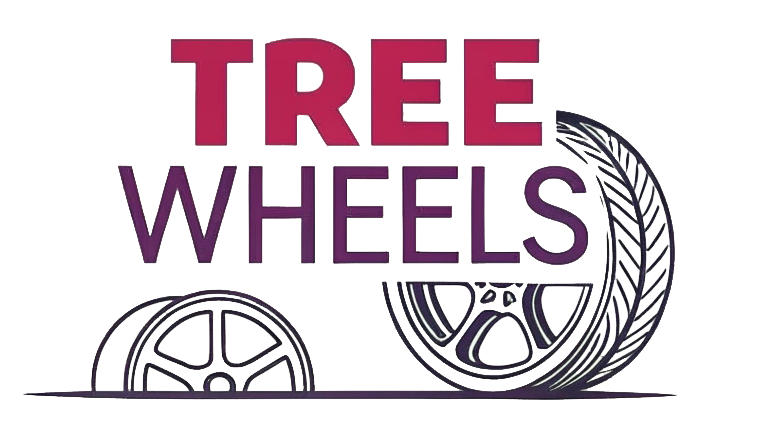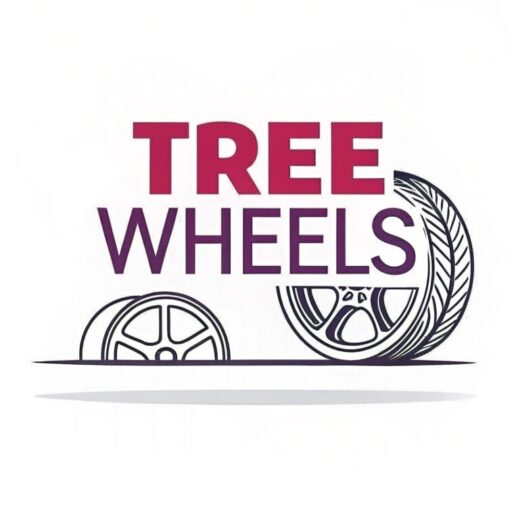I struggled to understand wheel offset when I started customizing cars. It’s confusing but critical for a perfect fit. Let’s break it down simply.
Offset defines how a wheel sits relative to the car’s hub. It’s the distance from the wheel’s centerline to its mounting surface, measured in millimeters.

Wheel offset impacts your car’s look and performance. I’ll explain what it means, how it works, and why it matters. Stick with me to learn more.
What is the offset of a wheel?
Choosing wheels for my first car was overwhelming. Offset was a mystery I had to solve. It’s key to getting wheels that fit right.
Offset is the distance between the wheel’s centerline and where it mounts to the hub. It determines if wheels sit inward or outward.
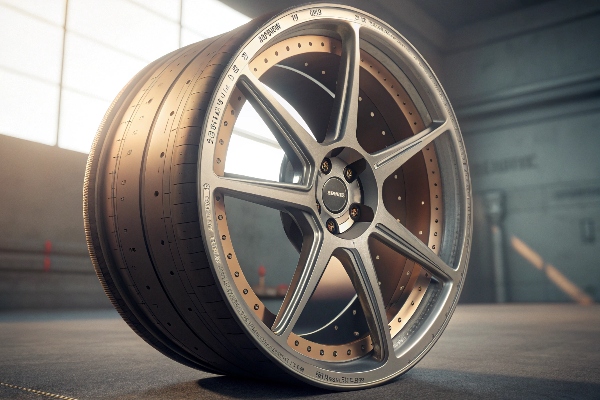
Why Offset Matters
Offset affects how wheels align with your car’s body. A wrong offset can cause rubbing, poor handling, or even damage. I learned this the hard way when my first set of wheels didn’t fit properly. Let’s break it down further.
Types of Offset
There are three main types: positive, negative, and zero. Positive offset pushes wheels inward. Negative offset pushes them outward. Zero offset means the mounting surface aligns with the centerline. Each type suits different vehicles and styles.
How to Choose Offset
Choosing the right offset depends on your car’s suspension, brakes, and desired look. I always check the manufacturer’s specs first. A table helps clarify:
| Offset Type | Position | Best For |
|---|---|---|
| Positive | Inward | Stock setups, sedans |
| Negative | Outward | Wide stance, trucks |
| Zero | Center | Balanced look, sports cars |
Offset isn’t just a number—it shapes your car’s performance and style. Understanding it helps you avoid costly mistakes.
What is offset in geometry?
When I first heard “offset” in wheel geometry, I pictured math class. It’s simpler than it sounds but still technical. Let’s make it clear.
In geometry, offset is the distance from the wheel’s centerline to its hub-mounting surface. It controls the wheel’s position on the car.
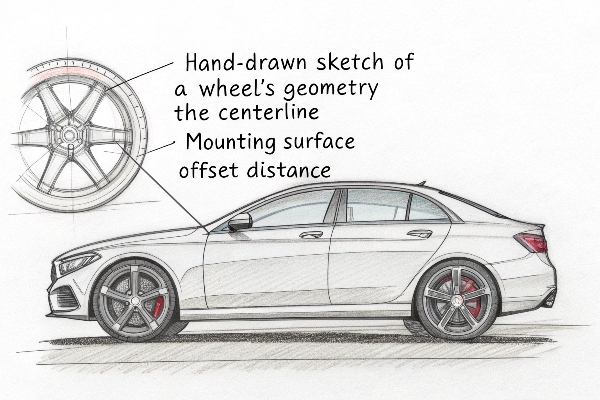
Breaking Down the Geometry
Offset is a measurement in millimeters. It determines where the wheel sits relative to the car’s hub. A positive offset means the mounting surface is toward the wheel’s outer edge. A negative offset means it’s toward the inner edge. I struggled with this until I saw a diagram.
Why Geometry Matters
The geometry of offset affects wheel alignment and clearance. Too much positive offset can cause clearance issues with brakes. Too much negative offset can make wheels stick out too far. I once chose a wrong offset and had to replace my wheels.
Practical Application
When picking wheels, I measure the offset against my car’s specs. This ensures proper fitment. Here’s a quick guide:
| Offset Value | Effect on Position |
|---|---|
| High Positive | Wheels tuck inward |
| Low/Negative | Wheels protrude outward |
Understanding offset geometry helps you pick wheels that fit and perform well.
What does +35 offset mean on rims?
I remember staring at “+35” on a wheel spec sheet, confused. It’s a common offset, but what does it mean? Let’s dive in.
A +35 offset means the wheel’s mounting surface is 35mm toward the outer edge from the centerline. It tucks the wheel inward.

Decoding +35 Offset
A +35 offset is moderately positive. It positions the wheel closer to the car’s suspension components. This is common for sedans and compact cars. I used +35 rims on my first project car, and they fit perfectly.
Fitment and Performance
A +35 offset provides good clearance for brakes and suspension. It keeps wheels within the fenders, avoiding rubbing. However, it may not give the aggressive stance some drivers want. I learned this when comparing my car to wider setups.
When to Use +35
This offset works for stock or slightly modified cars. It’s safe and practical. Here’s a comparison:
| Offset | Look | Clearance |
|---|---|---|
| +35 | Tucked | High |
| +20 | Flush | Moderate |
Choosing +35 offset ensures a clean fit but may limit stance width. It’s a solid choice for daily drivers.
What does a +40 offset mean?
When I upgraded my car’s wheels, I saw “+40” offset. It sounded close to +35, but I needed clarity. Let’s explore it.
A +40 offset means the mounting surface is 40mm toward the wheel’s outer edge from the centerline. It positions wheels further inward.
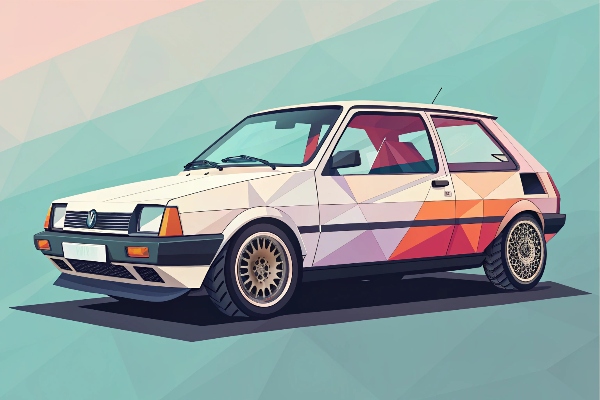
Understanding +40 Offset
A +40 offset is highly positive. It tucks wheels deeper into the wheel well. This is ideal for compact cars or vehicles needing maximum clearance. I tested +40 rims and noticed better handling.
Benefits and Drawbacks
A +40 offset maximizes clearance for brakes and suspension. It’s great for stock setups but can make the car look less aggressive. I found this offset too tucked for my taste on a sports car.
Choosing +40 Offset
This offset suits conservative setups. It’s common in OEM wheels. Here’s a quick guide:
| Offset | Stance | Use Case |
|---|---|---|
| +40 | Tucked | OEM, daily drivers |
| +25 | Flush | Modified cars |
A +40 offset is practical but may not suit wide-stance builds. It’s perfect for reliability and clearance.
Conclusion
Wheel offset determines fit, performance, and style. Choose wisely to avoid issues. For premium forged wheels, trust Tree Wheels’ quality and customization.
